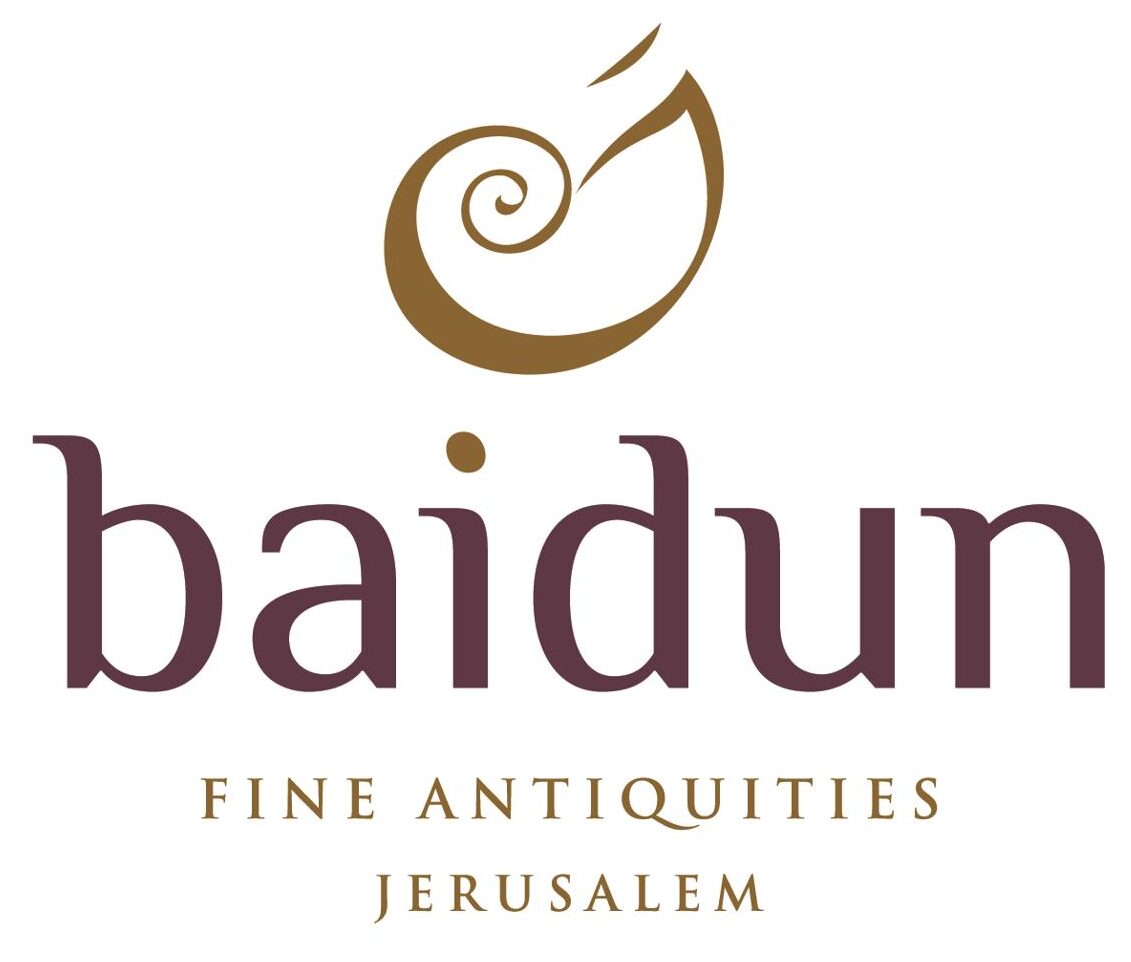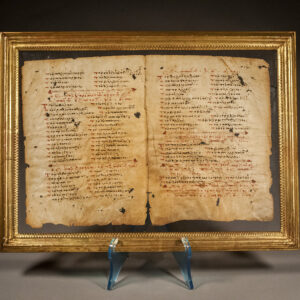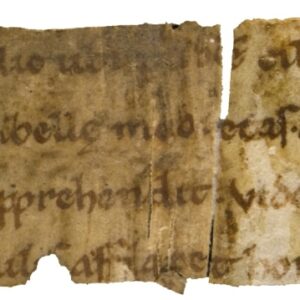This is an extremely early and important witness to the Gospel of Mark, written within decades of the death of Jerome and Augustine of Hippo; it is perhaps from the Imperial library of Constantinople, the last of the great libraries of the ancient world This manuscript is from an important cache of early fragments, discovered in 2003, and reported to have been from a pre-War Armenian collection of antiquities and manuscripts in France. Five Biblical fragments, including the present one, were published by P.M. Head in the Journal of Theological Studies, ns.59 (2008), with short earlier notices in TC: A Journal of Biblical Textual Criticism, 8 (2003), Bulletin of the International Organization for Septuagint and Cognate Studies, 36 (2003) and the Tyndale Bulletin, 56 (2005). They include fragments of Luke (fifth century, and probably the oldest witness to that part of the text), John (late fifth century or even c.500), another fragment of Mark (fifth to sixth century) and Romans (sixth or seventh century). Subsequently, the other fragments have been identified as the oldest extant witness to the Lucianic recension of Jeremiah in Greek (early to mid-fifth century: Head ibid., pp.1-11), the only surviving witness to the Greek original text of the Testamentum Domini Nostri Jesu Christi (fifth century: Corcoran and Salway in Journal of Theological Studies, ns.62 (2011) pp.118-35), and the only surviving fragments of a series of imperial edicts made by third-century emperors and now named the Fragmenta Londiniensia Anteiustiniana (fifth century: Corcoran and Salway in Zeitschrift der Savigny Stiftung für Rechtsgeschichte: romanistische Abteilung, 127 (2010) pp.677-8, and Roman Legal Tradition, 6 (2010). Clearly these fragments of six early Bibles, a pseudo-Apostolic Church Order, and records of imperial edicts were once in a large and important library of the ancient world, in scope and chronological range far beyond that of a wealthy individual. There were large institutional libraries in Upper Egypt (such as that of the monastery founded by Pachomius c.320), Roman North Africa (as used by Augustine of Hippo in the late fourth and early fifth century), Milan (as used by Ambrose in the late fourth century) and Alexandria (as used by Bishop Gregory of Alexandria in the mid-fourth century), but the Eastern Empire was increasingly centred on Constantinople as its outlying territories fell prey to barbarian invasion. Jerome notes that the Lucianic recension of the Septuagint (including the fragment of Jeremiah noted above) was current only in Constantinople and Antioch in the early fifth century, and the collection of imperial edicts has been tentatively identified as also coming from the city. If so, it seems likely that they come from the Imperial Library in Constantinople, founded by Emperor Constantius II (reigned 337-61) as a scriptorium with the express purpose of copying fragile papyrus documents onto more stable vellum. Under Emperor Valens in 372 it employed four Greek and three Latin scribes. It survived a fire in 473, was sacked by the Normans in 1204 during the Fourth Crusade, and eventually destroyed only after the conquest of the city by the Ottoman Empire in 1453. The only other manuscript thought to be from this source is that of the Archimedes Palimpsest, which surfaced first in Constantinople in 1840 and is now in a private collection in America.









